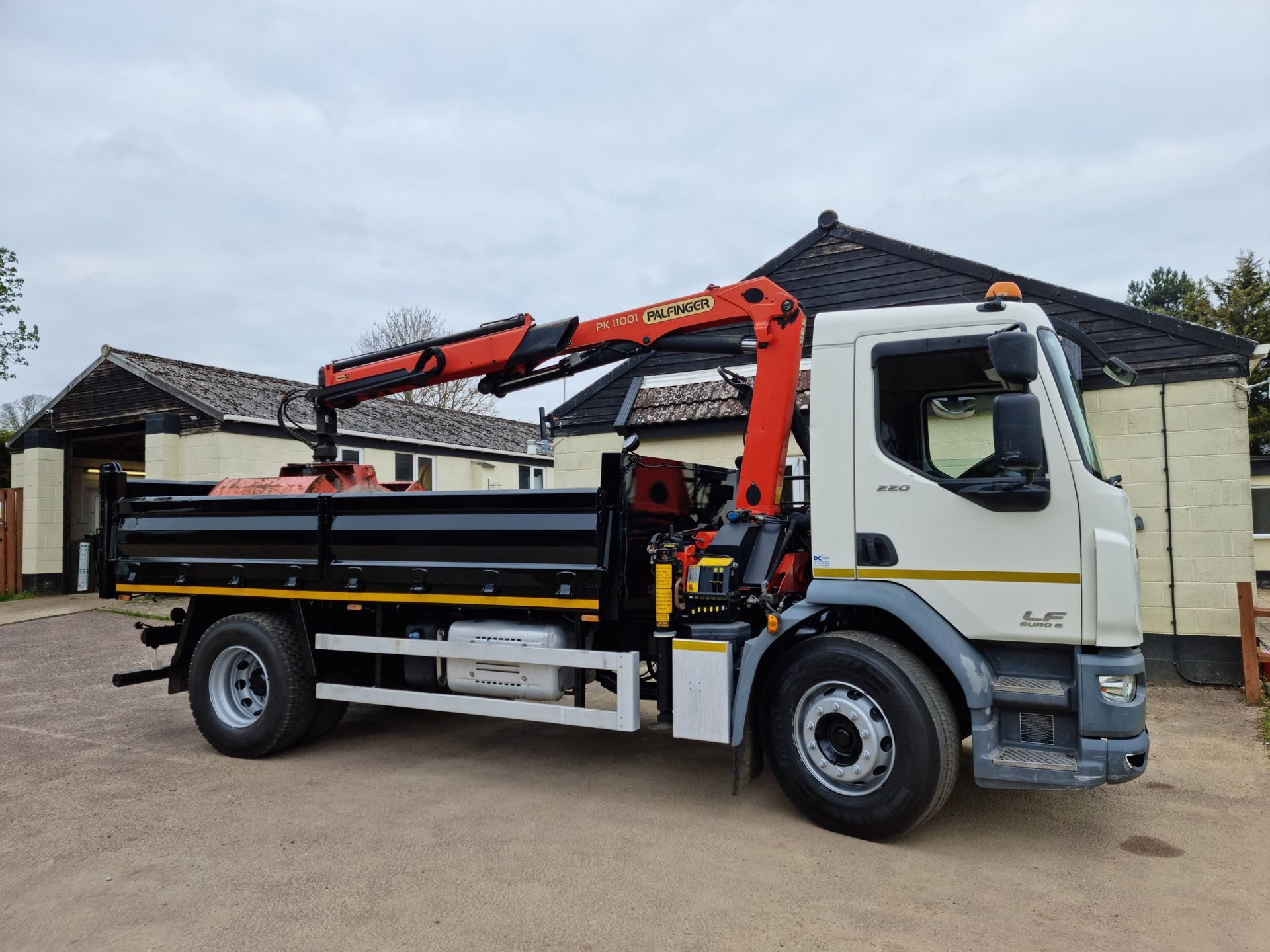How To Construct A New Driveway
How to Construct a new driveway
Create a drive to be proud of
If you would like to learn how to install your own driveway, follow the expert advice of Kesgrave Aggregates in Woodbridge - our step by step guide will have you well on the way to achieving your goals, and our team are happy offer support if needed.
To make sure you're using the very best materials in your project, our landscaping supplies and aggregates will have you covered.
To make sure you're using the very best materials in your project, our landscaping supplies and aggregates will have you covered.
Stage 1. Prepare the area
Remove all the topsoil or existing surfacing. In our example, A JCB mini digger was brought in to deal with the heavy excavation work. In areas where there is a possibility of coming up against cables or pipes, a shovel should be used to avoid damage.
To allow for drainage, it will be necessary to create a slight slope during the excavation, dropping 25mm over 1 metre across the width (1:40) and 25mm over 2 metres along the length (1:80).
To allow for drainage, it will be necessary to create a slight slope during the excavation, dropping 25mm over 1 metre across the width (1:40) and 25mm over 2 metres along the length (1:80).
Compact the excavated area with the plate vibrator.
Drainage channels should be installed at this time if the paved area slopes towards the house/building, or any other place where water run-off would not be welcome. Recessed manhole covers should also be installed at this stage if required.
Cover the entire area to be paved with a membrane to reduce contamination of the sub-base material with the soil and help prevent future problems with weeds.
Stage 2. Sub-base
Lay the sub-base
material either MOT Type 1 Slag or Limestone.
Compact it firmly with the plate vibrator; depending on how well it compacts, you may need to go over the whole area several times.
It is essential that this sub-base is firm and to the right level.
Stage 3. Edging
Install all edge restraints and set firmly in concrete to correct levels.
Edgings may be laid long ways against the edge ('a stretcher course') or with short side against the edge ('a header course') depending on personal preference.
Step 4. Sharp sand
Spread the sharp sand
to a depth of 50mm, compact it with the plate vibrator and spread a further 15mm of sharp sand over the area as a loose screed. Correctly level the screed with a rigid piece of timber or screed bar drawn along guide rails.
Lay the blocks hand tight only; with a joint gap of 2-5mm, starting in one corner, and at the bottom if there is a slope.
Randomly mix and lay blocks from at least 3 packs to ensure even distribution of colour and texture.
Stage 5. Cutting in
Place the block to be cut into position against the body of the paving, so that its bottom edges are tight against the top edges of the full blocks in the body, and so that it overhangs the line being cut to. With your eye directly over the line of cut, sight through to the edging and mark the line of cut on the block with the edge of a small piece of slate, a steel nail or similar, allowing 3-6mm for a joint against the edge.
Step 6. Block And slab splitters
For ease, when it comes to cutting paving materials you will require a block and slab splitter. They are simple to use, have no lethal moving parts, generate virtually no dust, and can be used on a wide variety of paving types.
They come in a range of sizes, with different models offering different cutting-widths capable of handling materials from brick size up to flagstones, and various jaw-opening sizes for units ranging from 25mm up to and beyond 200mm.
They work on the principle of 'squeezing' a paver between an upper and a lower blade and exerting such force than the paver 'snaps' along the line of the blades. Available at hire centres, starting at around £25 for a day.
Stage 7. Powered saws (part one)
Powered saws are also used for cutting blocks and pavers, the most commonly used is the hand-held cut-off saw.
Petrol-engine power saws can be hired from hire centres at approx. £20 per day. Always tell your hire company exactly what you require the saw for and they will advise on the best blades for your requirements.
Continue levelling sand and laying blocks as before until area is covered. Sweep the area thoroughly after it has been laid and check for damaged blocks; if there are any, replace them.
Stage 8. Powered Saws (part two)
Compact the whole area with the plate vibrator. Sweep jointing sand over the entire area, ensuring it gets right into all the joints between the blocks.
Vibrate the area again to force down the jointing sand and fill any gaps which appear in the joints. Surplus sand can be left on the surface for the wind/rain to wash into joints.
After the paving has settled for a period of time, the blocks can be brushed with a silicon coating to protect against spillages.
Congratulations, your new driveway is complete!
You have completed your task, enhanced the look of your property and undoubtedly increased its value.
Hopefully now you've got the DIY bug, we look forward to working with you on your future landscaping projects!
Hopefully now you've got the DIY bug, we look forward to working with you on your future landscaping projects!
Kesgrave Aggregates - Specialist advice and quality materials for a range of landscaping projects. Delivery available in woodbridge and surrounding areas.
CALL USKesgrave Aggregates
Dans Meadow
Bealings Rd
Martlesham
Woodbridge
IP12 4RW
© 2024. The content on this website is owned by us and our licensors. Do not copy any content (including images) without our consent.




